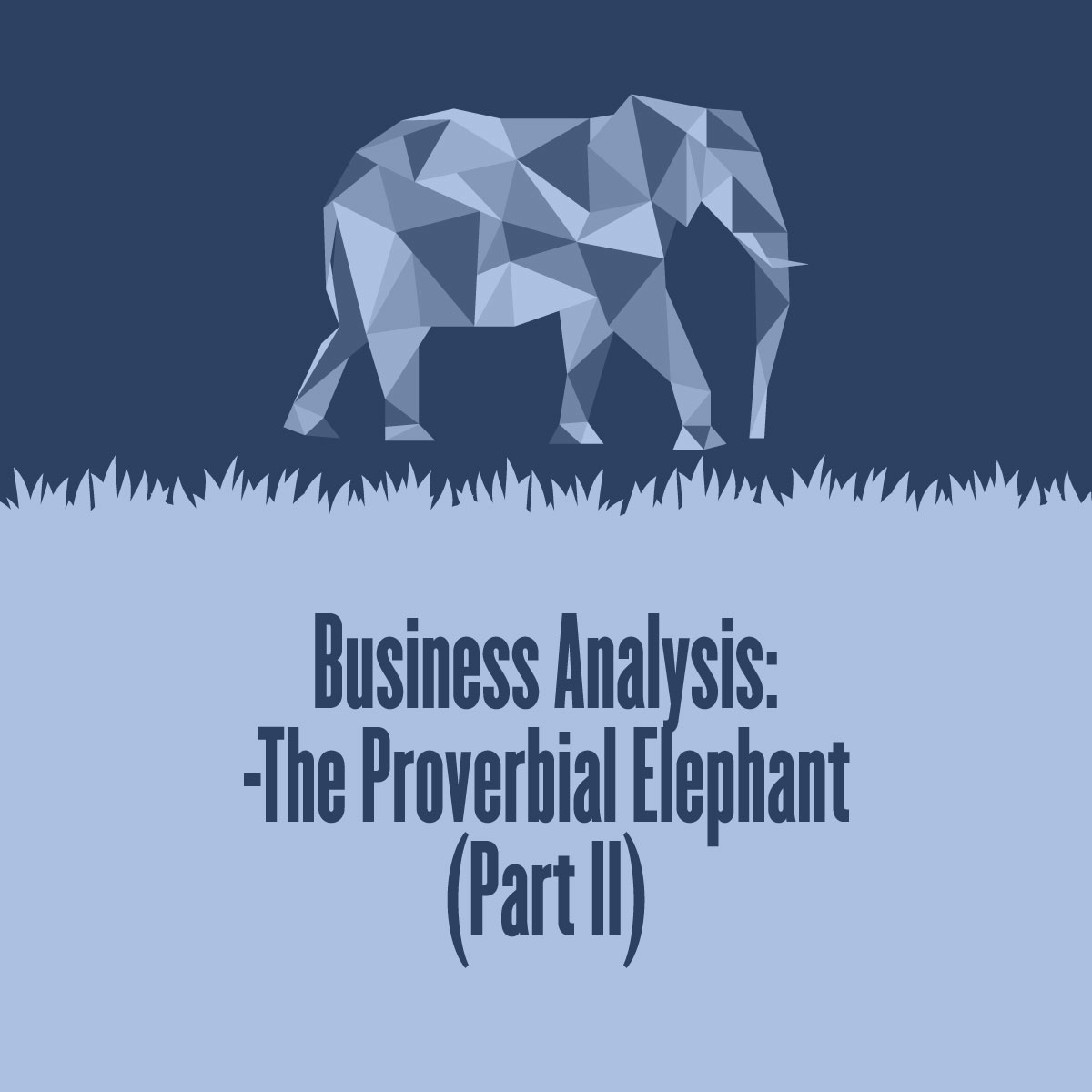John Ojurabesa on the Misconceptions surrounding the Business Analysis Profession
John Ojurabesa is the founder of BNET Learning. He is also a certified Business Analyst, Director of Product Management at ATB Financial, and an amateur musician – he is simply incredible!
I had the great pleasure of interviewing him and he covered a major misconception associated with business analysis, stressing that business analysis is not a branch of IT, but in fact, is the bridge between technology and business.
If you are starting on your career path and are confused about what business analysis is all about or its value, don’t lose heart. John elaborates on the role and contribution of the business analyst, how to transition to become a business analyst, and future trends in this space.
What is Business Analysis?
“Business Analysis is a disciplined approach for covering needs at different levels from enterprises, to understanding stakeholder context for the sole purpose of enabling change. Change that delivers value and brings a solution to whatever the context is.”
– John Ojurabesa
The biggest misconception surrounding business analysis has to do with the understanding of what it is. For many, the understanding of business analysis is limited to that worldview of tech. Contrary to popular belief, it is quite distinct from technology development. Business Analysts are not only needed when IT is involved.
Therein lies the misconception about this profession today. People assume what it is, rather than see it for what it is.
Bringing the story of the elephant and the seven blind men in the loop. The parable applies to how people perceive business analysis to be a certain way based on their specific worldview. There are identical patterns between the parable and the misconceptions many have about the business analysis profession today. Read more about the Elephant and the Seven Blind Men here.
Ready for a career in Business Analysis, but have no idea what you could do – or where to start?
Drawing on his many years of experience, John explained how by ditching the conventional career rules, professionals will increase their chances of transitioning smoothly into the profession.
“There is no silver bullet approach for growing or building your business analysis career. It is always dependent on where you are and where you want to get to.”
Transitioning to the business analysis space ought to be contextual, based on the present situation of the professional involved. There are all sorts of specializations and perspectives to be considered. An individual looking to be a business analyst in the business strategy and consulting space will require specific skills set and competencies different from those required of a person seeking to be a business analyst in the tech or data space.
Irrespective of these specializations, John identified some fundamental rules required for professionals looking to make a switch to the business analysis profession.
- Understand where you are at, where you want to be, and then find the right people to talk to for guidance.
- Be sure that this transition is something you want. Seek advice from professionals before transitioning. Finding the right coach will help in determining where and how to start.
- Reflect on past work experience to see if there are any points of relevance in business analysis and apply them going forward.
Additionally, certification is vital in transitioning. The journey an individual undertakes to gain certification helps to build a solid knowledge base. However, it is paramount to note that knowledge is not all that organizations hire for in today’s job market.
“Certification is important. However, what certification does is put a spotlight on you. It doesn’t help you to perform or dance. Imagine being on stage, and the spotlight is on you. Now that the light is on you, what are you going to do? Are you going to dance or stand?”
Future trends of the BA space and demand for the BA role
On the trends he expects to see in the future, John highlighted a few:
- Growing demand for business analysis specifically in helping businesses move out of recovery and into the new normal
- Increased adoption of business analysis in traditional business roles. Businesses will begin to plug in business analysts into functional value streams
- Businesses and organizations will get more interested in learning how to harness the power of data to identify opportunities and problems in the market
- Increased business analyst representation in senior management positions.
- A strong fusion between the world of agile and business analysis
Conclusion
Business analysts are often subject to a certain perception, or misperception, of what they do and the value they bring to an organization. A big reason for this is a limited view of business analysis in general.
Nevertheless, this misconception of business analysis does not change the fact that it will be instrumental in driving meaningful change in this era of unprecedented challenges for businesses.
Companies must begin to leverage data for business success.
As told by John, “We are at a point where businesses have no choice but to undergo significant transformation.” With greater agility, businesses will not only survive the new normal but provide their clients with more value.
To learn more about John and his work in the business analysis space, check him out on LinkedIn @John Ojurabesa.
By Yonas Alemyehu
December 22nd, 2020





